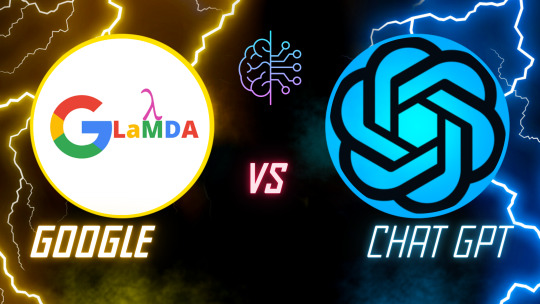Don't wanna be here? Send us removal request.
Text
What difference between Google Bard and Chat GPT?
What is the difference between Google AI Bard and Chat GPT?
Recently, Google launched Bard a direct rival to Open AI’s Chat GPT for AI chat services. Bard is being tested and will be available to everyone in the following weeks. Let’s examine the distinctions between Chat GPT and Google Bard.
As more businesses use AI in their daily operations, artificial intelligence (AI) has grown in importance as a tool in contemporary society. Industries like healthcare, finance, retail, and transportation are using AI technologies to automate repetitive operations, improve decision-making, and improve customer experiences. For instance, language-based models have altered the way humans operate, and AI-powered chatbots have become a common way for businesses to communicate with clients. ChatGPT API Elon Musk vs Sundar Pichai this blog gives more information about chatgpt and more on

What is Chatgpt?
Chat GPT is a massive language generation model that has been trained to produce writing that resembles that of a person. It is adaptable to several natural language processing tasks, including question-answering, translation, and text summarization. GPT is renowned for its capacity to produce content that is both logical and contextually relevant, but it may also frequently make unbalanced or wildly meaningless material.
What is LAMDA?
Google created Bard, a LAMDA-powered conversational AI (Language Model for Dialogue Applications). Google’s AI chatbot Bard aspires to combine human knowledge’s range with the power, intelligence, and creativity of its massive language models. To provide unique and accurate responses, Bard will make use of the abundance of data that is accessible online. The public will be able to use Bard in the upcoming weeks; testing is now underway.
Chatgpt vs google bard
Though both Bard and Chat GPT are language-based conversational AI models, there are significant differences in their design and intended use. read more
3 notes
·
View notes